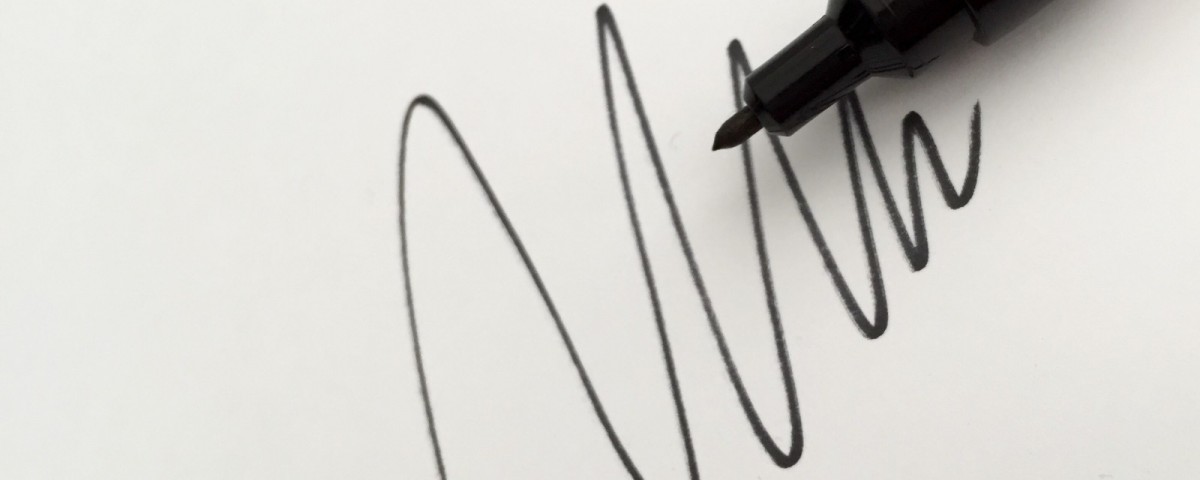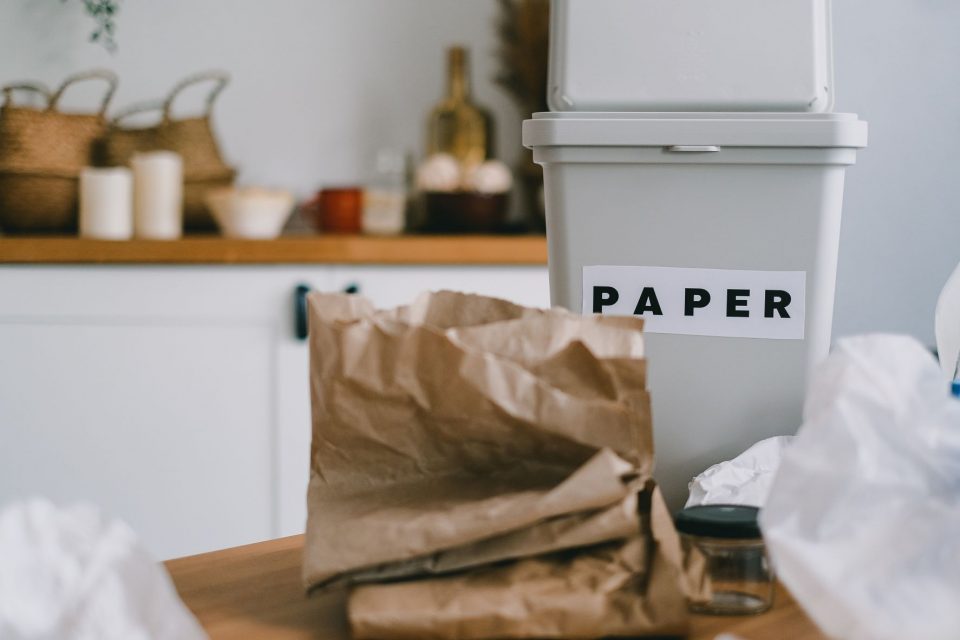What Is Paper Smoothness?

Set Clear Goals
March 4, 2016
How to create quality content for small business
March 11, 2016
As one of the most oft-used tools in any office environment, the quality of paper can, at times, be taken for granted.
To the average employee, one sheet will most likely seem the same as the next, so consideration usually ends at the pricetag. In actuality, paper quality not only has the capacity to make your finished work pop and look its best, it can also reduce the amount of wear and tear on printing devices, saving you money in the long run. One of the most important attributes for this purpose is paper smoothness.
Smoothness In a Nutshell
As its name would indicate, paper smoothness refers to the amount of evenness the surface of the paper possesses. Factors that play into how smooth the finished paper is include the type of material used to make the paper and the surface treatment it receives in the later phases of production. Chief among the latter are how much wet pressing it receives, which types of coatings are used and how much calendaring is performed.
A higher degree of smoothness plays a beneficial role in a number of ways. First, enhanced smoothness reduces the amount of abrasion that is caused when it passes through the printing device. In turn, this can cause fewer printer jams, resulting in less loss of productivity, or even avoid damage to the printer itself. A greater level of smoothness also allows you to print more pages on the same cartridge. Smoother paper enhances both the absorption and adhesion of the toner, resulting in less ink needed to create a quality image or text.
Testing Paper Smoothness – Technical
The most common method used by the print industry to arrive at the values displayed on the packaging is the air leak test. This test is accomplished by measuring the amount of it takes for air to leak in between a smooth surface and that of the paper. Several individual methods exist, including:
Smoothness Tester
This gadget involves placing the paper on a flat glass plate and pulling air over it in a partial vacuum.
Bendsten Smoothness Tester
Similar in most ways to the Bekk, this method does not utilize a vacuum in its process.
Sheffield Smoothness Gauge
This device uses a metering float that moves up and down to indicate how much air passes between the paper surface and the head of the gauge.
Testing Paper Smoothness Yourself
While the values listed on the side of the paper package are usually the best source of information to rely on, it is extremely easy to verify things by testing the paper yourself. Grab a sheet of paper from three to four reams of different brand paper, without looking at the smoothness value listed on the outside wrapper. Run each sheet through your fingers and take note of both how smooth and even each feels, as well as which runs through your fingers more easily. Number the sheets from best to worst and compare the results with the smoothness number each has listed.
While brightness and opacity may reign supreme when it comes to the look of your finished document, its smoothness is key in terms of how economical your printing processes are. Choosing a type of paper with a high smoothness value can easily save you money in the long haul, in both equipment maintenance and toner usage.




